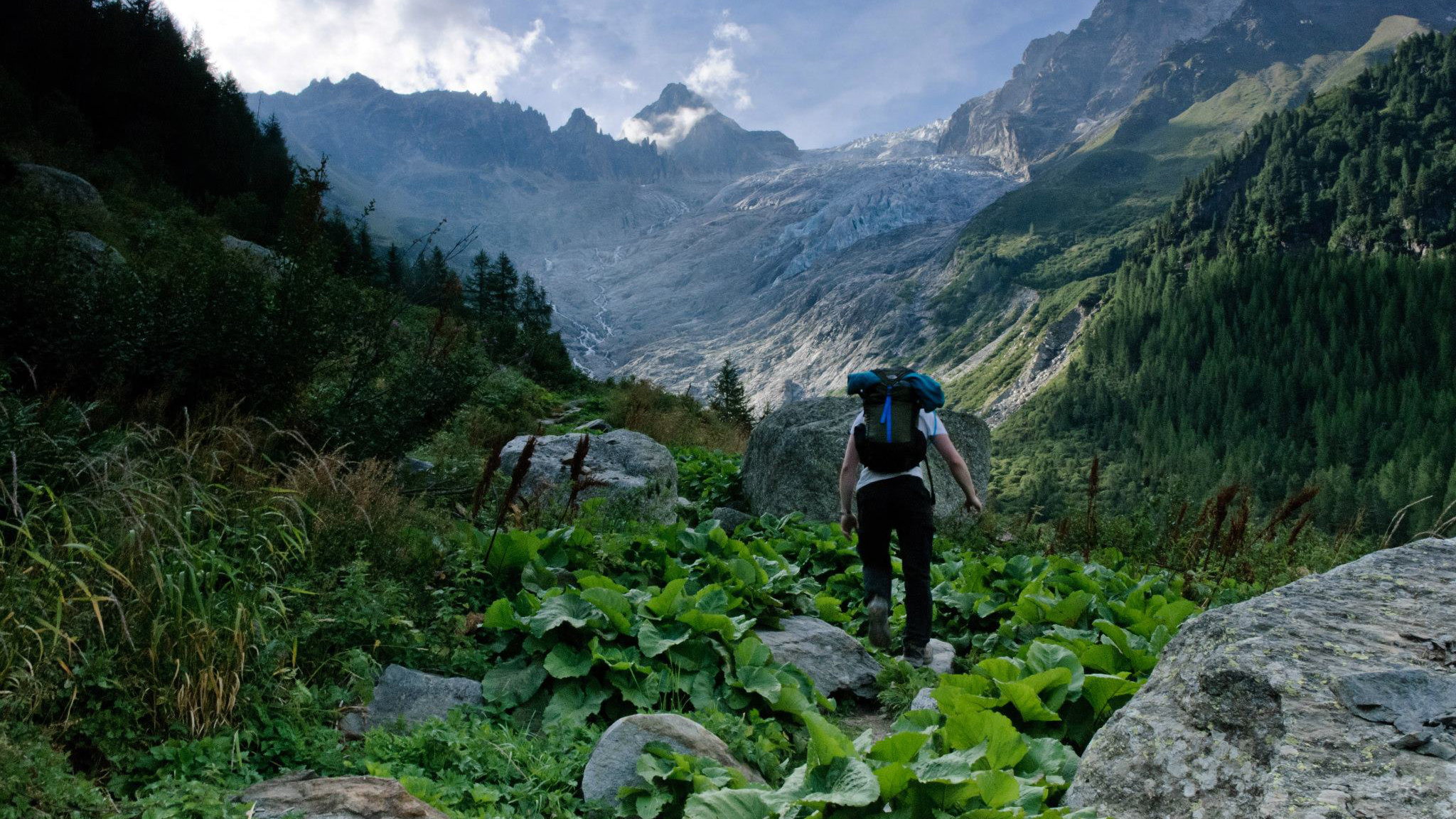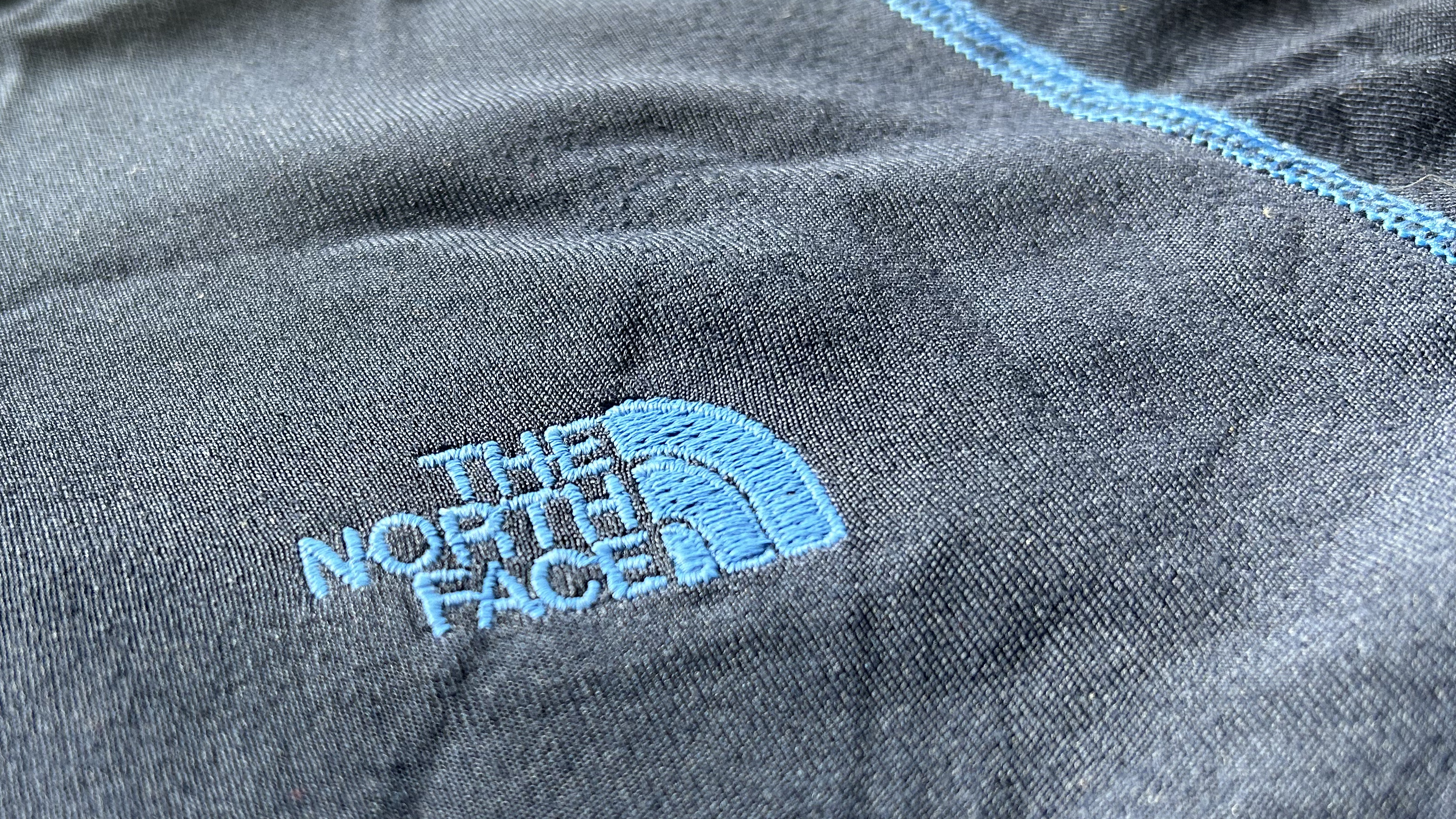
There are few places in the world as spectacular as Yosemite National Park. Its towering rock faces, mighty sequoias and thundering waterfalls draw visitors from across the globe. One of its most awe-inspiring sights is Half Dome, a gargantuan quartz monzonite rock formation that rises to 2,696 metres above sea level. It's beautifully rounded on three sides but boasts a savage, vertical cliff on the other.
Half Dome was the inspiration behind the logo and name of one of the world's most revered and successful outdoors brands. Founded by American climber Doug Tompkins in 1966, this brand has achieved remarkable popularity both with adventurers and on the streets, where its down jackets and puffers have been something of a fashion sensation for decades. Inspired by his love of the mountains, Tompkins chose the famous brand name, The North Face. Technically, Half Dome's sheer cliff is the northwest face, but it doesn't quite have the same ring to it, does it?
According to a 2021 feature in the Guardian, 'The North Face' was searched for every three seconds on eBay between July and December 2020. Why second hand? Well, new North Face gear can be very pricey, to the point where some parents were calling the brand “spine-breakers”, due to its financially back-breaking prices.
We asked one of our outdoor gear experts to delve into the brand and answer the question: why is The North Face so expensive?
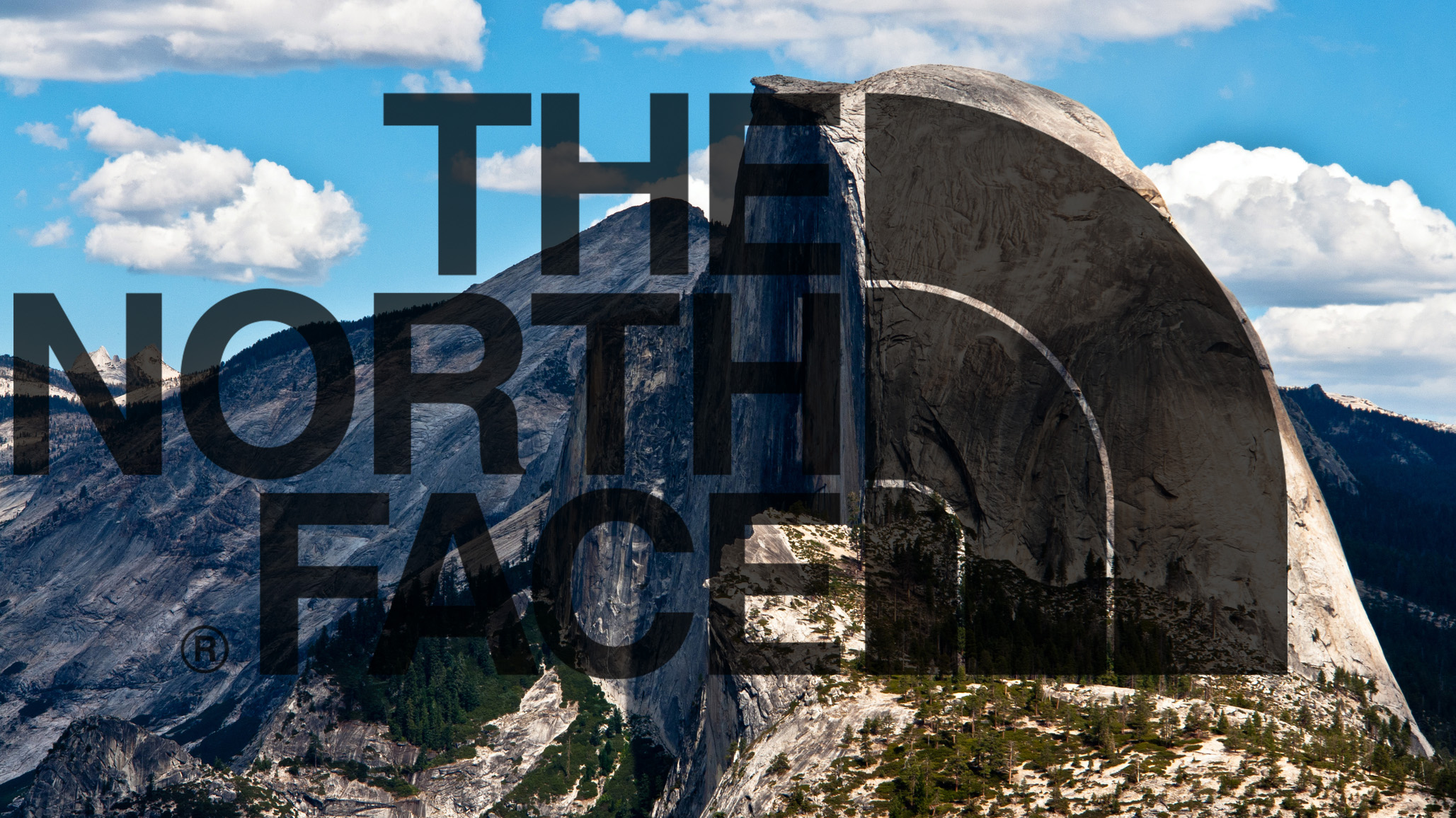
Why is The North Face so expensive?
A combination of quality and reputation has led to The North Face’s gear being as expensive as it is, while the brand invests in its sustainability efforts and has an active research and development team working on proprietary technologies.
Its reputation means that The North Face can command high prices, while the high calibre of the materials used, coupled with the use of premium third parties, such as Gore-Tex and Vibram, mean that the gear costs quite a bit to produce. These costs are passed on to the consumer.
The good news is that The North Face is so popular and has such a vast product range that you can usually pick up a bargain in the sales or take part in the circular economy and buy second hand.
Meet the expert
Today's best deals
The North Face’s origins
- The North Face was founded in 1966 by Doug Tompkins in San Francisco
- Tompkins championed the idea of "necessity before luxury"
- He left only years after founding but the brand went on to great success
- The North Face was bought by VF Corporation in 2000
As is often the case with today’s global outdoor brands, our story begins with a climber who was dissatisfied with the gear of the time. In 1966 San Francisco, Doug Tompkins founded The North Face as a mail order and retail business, with the “express aim to help people equip themselves with the most practical gear to fit their needs and to reduce over-equipping.” He was a champion on the idea of “necessity before luxury.”
The inaugural North Face store was more than just a retail outlet, it was the centre of ‘The North Face scene’. The now legendary rock band The Grateful Dead were among the bands that played there in the early days. Tompkins was assisted by close friend Yvon Chouinard, who sold his climbing equipment through the store and would later go on to create another modern-day giant, Patagonia. Though Tompkins was only involved for the first couple of years, he’d laid the foundation for providing “practical items for those interested in mountain sports” and making the outdoors accessible to people of all backgrounds. He went on to achieve notable climbs and lead pioneering environmental conservation efforts, mostly in Chile and Argentina.
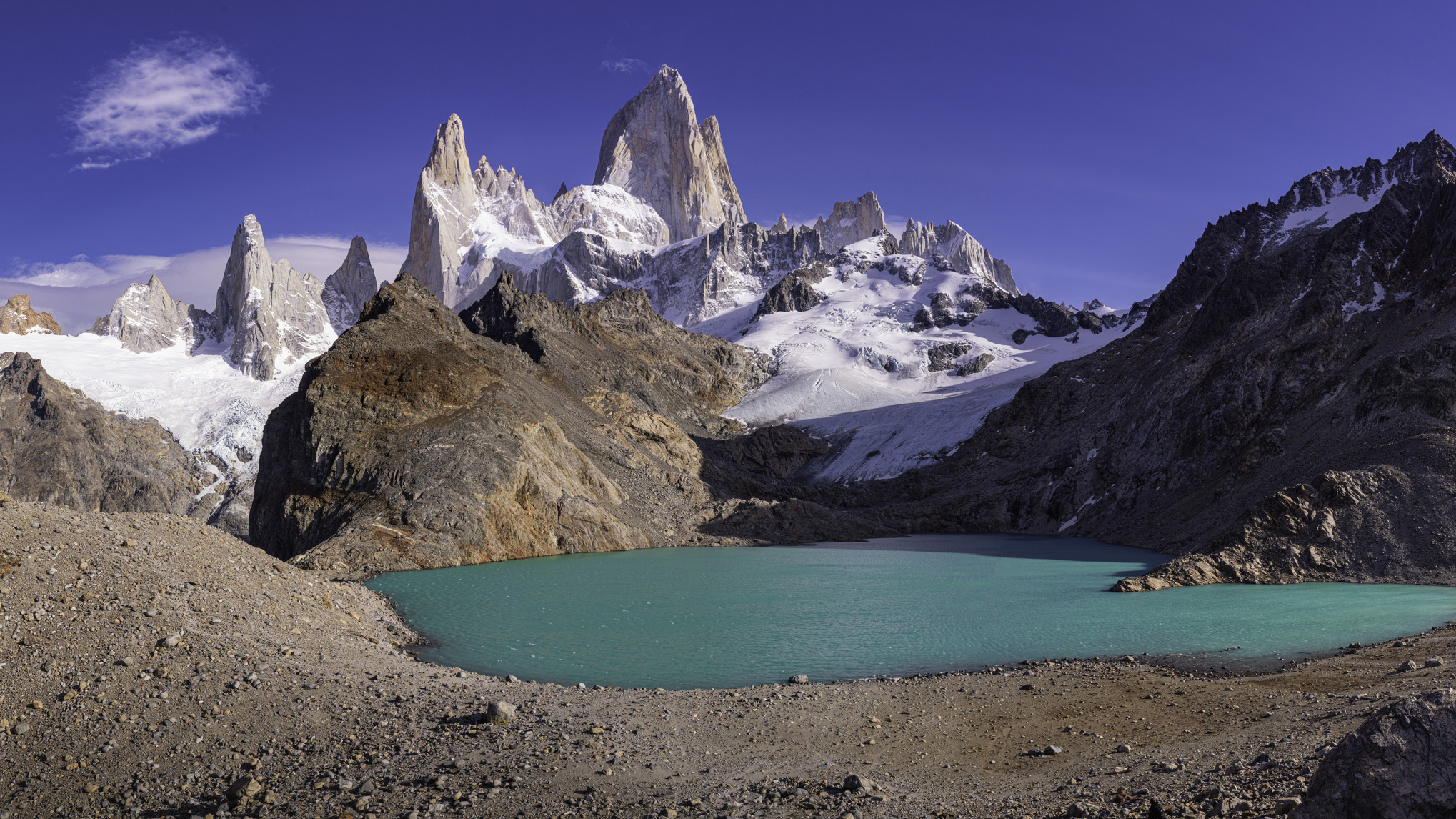
Even without its founder, The North Face went from strength to strength, developing a range of mountaineering, hiking and camping gear emblazoned with the familiar Half Dome logo. Gore-Tex first made an appearance on a ski jacket in 1977, while iconic pieces like the Denali fleece jacket and the Nupste down jacket propelled the brand to greater notoriety.
In 2000, VF Corporation acquired the North Face for a total of $155.4 million: $25.4 million for its shares and an eye-watering $130 million of debt. VF were attracted to the fact that the brand had garnered a following both in the outdoors world and within youth culture. VF also own Vans, Timberland, Altra Running, Dickies, Icebreaker, SmartWool and Napapijri, among others.

Advanced fabric tech and components
- Proprietary technologies are developed thanks to expensive research and development
- The North Face has to pay third parties, such as Gore-Tex, to use its products
Like other outdoor clothing giants, such as Columbia, The North Face has developed proprietary technologies for use in its garments. For example, its waterproof and breathable FutureLight membrane was unveiled in 2019, replacing Gore-Tex and other third party technologies in the brand’s Mountain Sports lines. In order to bring the technology to fruition, North Face had to dedicate entire factories to its creation, developing processes and finishing techniques from scratch. The research and development of such technologies comes at a cost to the brand, which is then passed on to the price of the garments containing the technology.
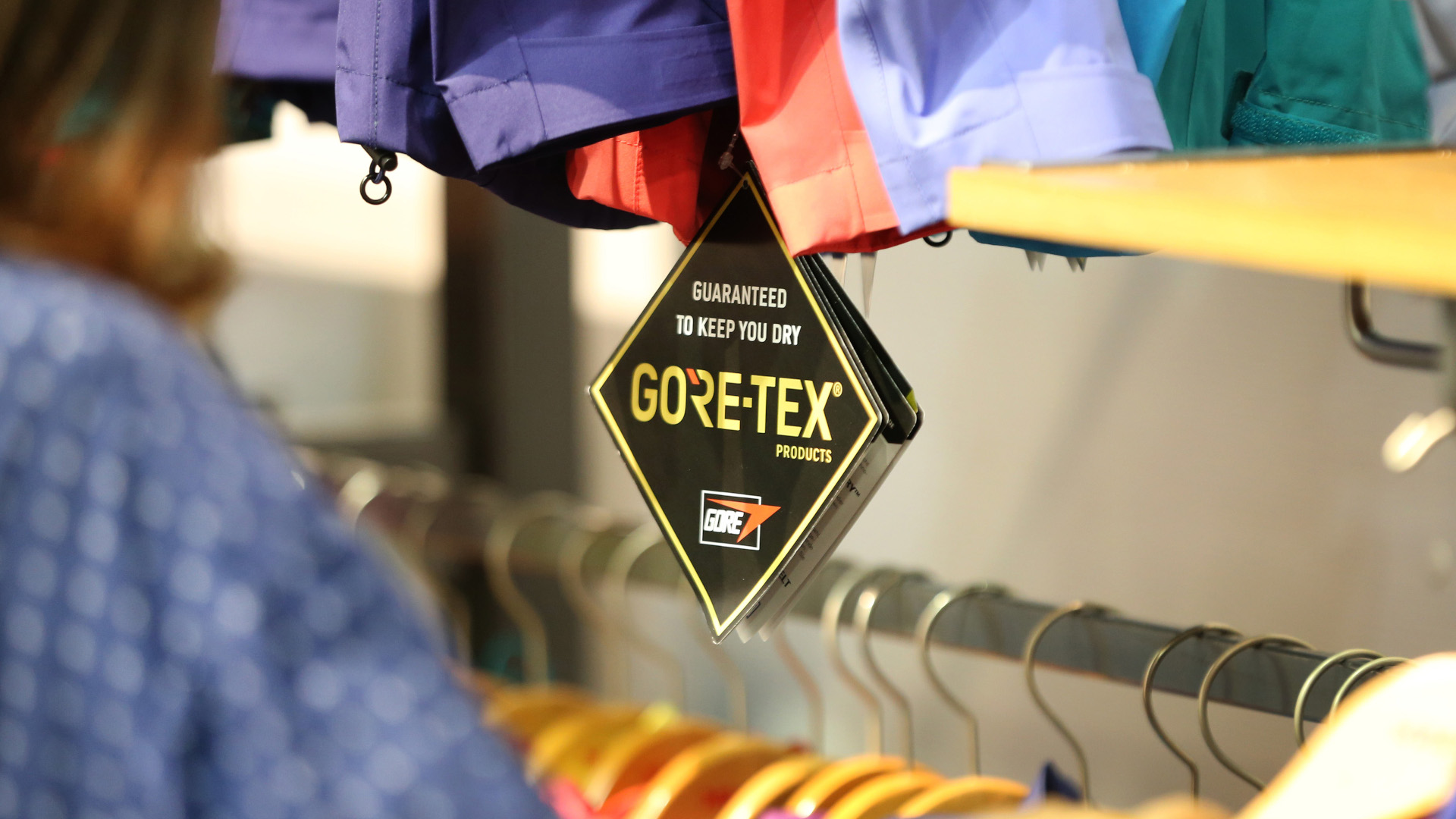
However, the initial cost of developing such a technology eventually repays itself too, as The North Face don’t have to pay Gore-Tex or other third parties for the pleasure of using their products. If the technology garners a solid reputation, as has been the case with FutureLight, the brand can continue to sell the gear at high prices. A look at The North Face’s waterproof jackets shows that FutureLight products retail at similar prices to their Gore-Tex products.
As well as this, The North Face still sells kit with Gore-Tex in it too. Meanwhile, other third parties – like YKK for zippers, Vibram for outsoles, Polartec for fleece – also see their products used in North Face gear. As The North Face has to pay these suppliers for the use of their technologies, it adds to the cost of the manufacture of each piece, which is passed on to the consumer.
People pay for reputation
- The North Face have garnered such a strong reputation that people are happy to pay more
- Revenues from new North Face gear continue to increase, so the brand have no reason to lower prices
Another reason The North Face’s kit is expensive is that it has built a reputation for both quality and for style. If there’s demand and people are willing to pay for the logo and the quality associated with it, the price inevitably stays relatively high. This is why The North Face’s Gore-Tex lifestyle jackets are emblazoned with both logos. People will pay more for Gore-Tex. And they’ll pay more for The North Face.
Put both together and you’ve got a cocktail for high prices. In the case of the Summit Pumori Gore-Tex Pro Jacket, a premium mountaineering jacket, it’ll set you back a whopping $800, or £720 if you’re on the other side of the Pond.
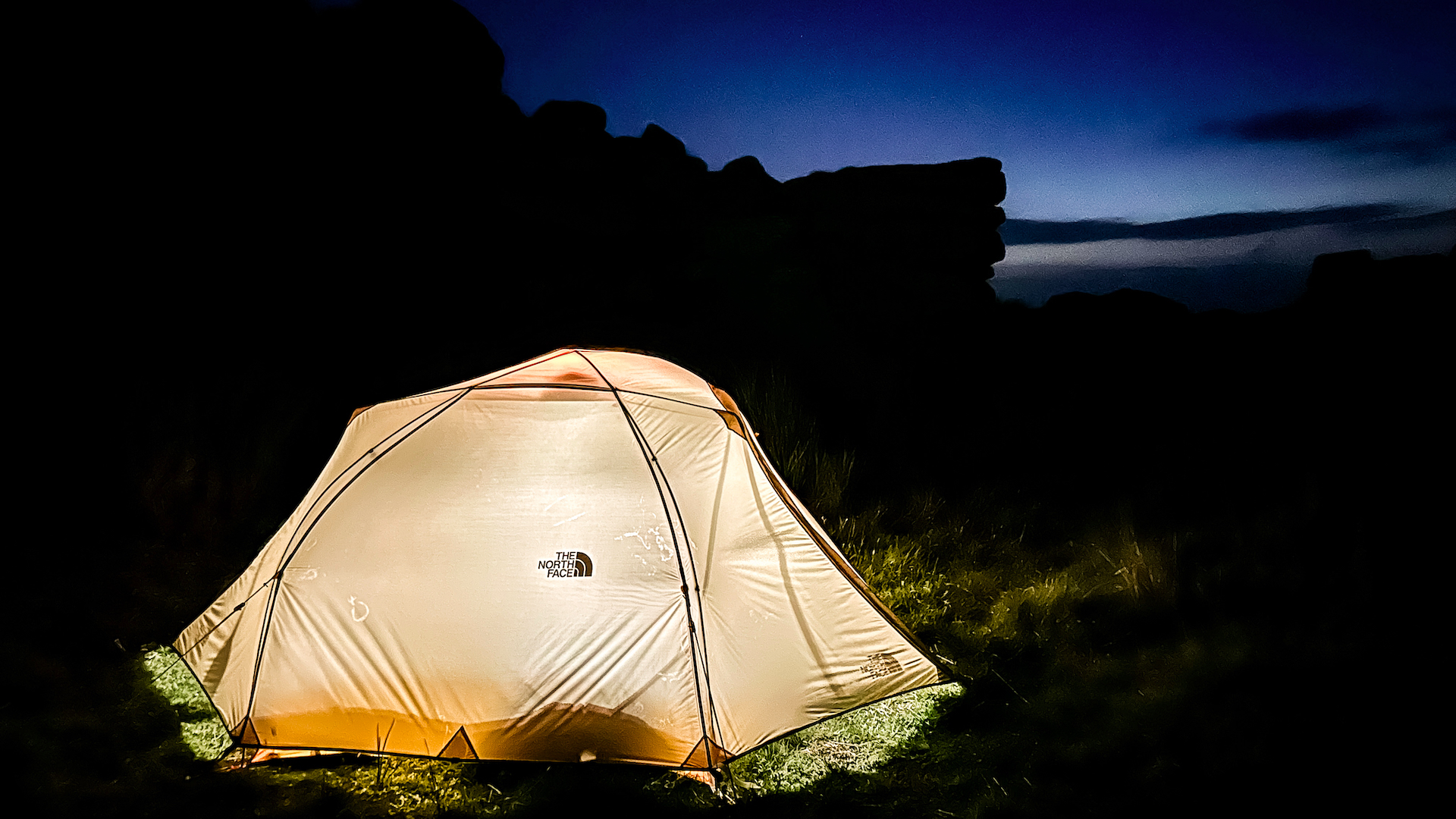
Despite the younger generations often looking to buy second hand, new North Face gear is still seeing year-on-year rises in sales, with VF reporting a 33% global revenue increase during the 2022 financial year. So, if people are willing to pay, why would the brand lower its prices? It’s amazing what reputation will do.
The journey towards a circular economy
- The North Face has set ambitious sustainability goals that require plenty of investment to achieve
True to the environmental ideals of its founder, The North Face has set ambitious sustainability goals. Having co-founded the Conservation Alliance in 1989, alongside REI, Patagonia and Kelty, where annual membership dues are distributed to grassroots organizations working to protect wild places, The North Face is no stranger to these kinds of efforts. In fact, in a 2022 study, The North Face came third behind Levi's and Patagonia when it came to sustainability in fashion.
At present, The North Face is working towards making all its products from recycled, regenerative, or responsibly sourced renewable fabrics. Such sourcing comes at a monetary cost but is worth it in the long run. The brand say it’s on track to hit this goal in all its clothing by 2025 and all equipment and footwear by 2030.
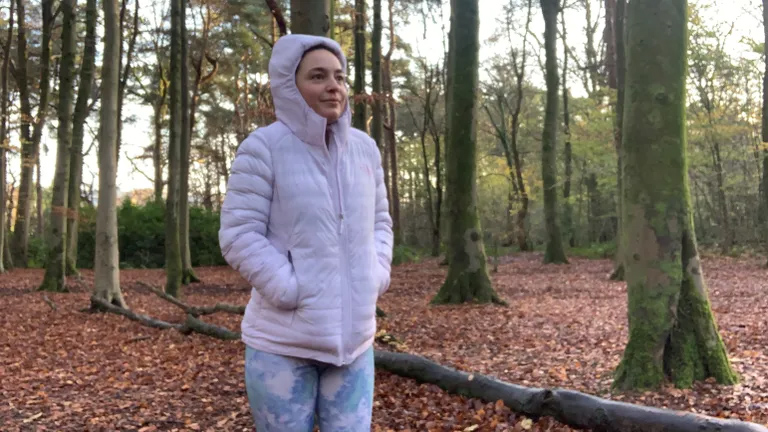
The brand is also committed to scaling up its circularity efforts, whereby gear remains in play for longer. Its Renewed collection is made up of clothing, equipment and footwear that has been returned to the brand and refurbished. If you own North Face gear you no longer need, you can become an XPLR member, take it to a North Face store and receive a voucher for the items you return. Any items that The North Face deem aren’t suitable for resale are upcycled and sold through its Remade scheme.
Environmental fashion watchdog Good on You gives the North Face a sustainability rating of 4/5 for their efforts, citing good animal welfare and hazardous chemicals policies as strengths. However, with planet and people ratings of 3/5, the brand still has work to do to be rated as highly as industry leaders Patagonia.
